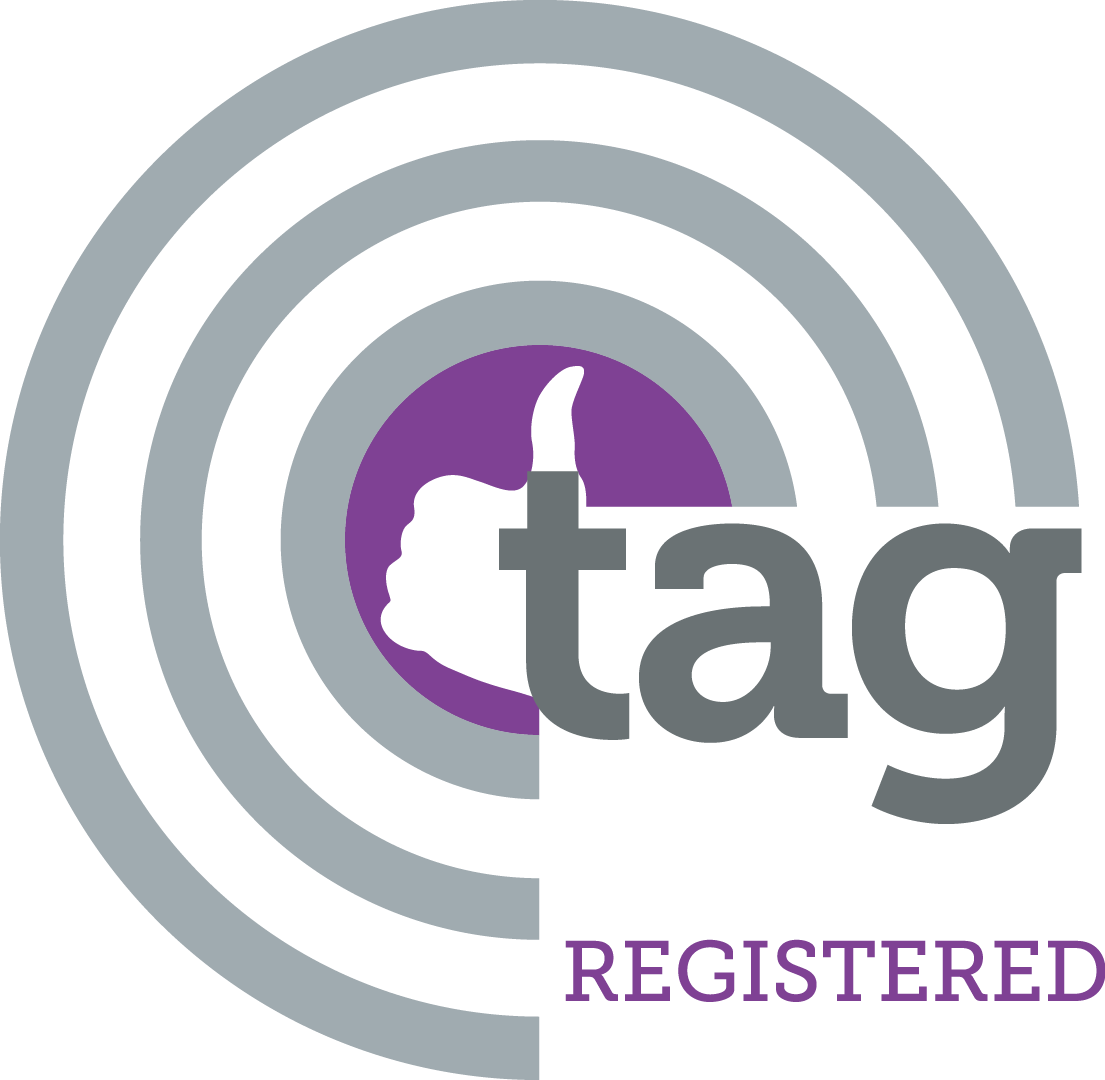Understanding Your Creative’s
Influence on Offline Events
Offline Attribution at the Creative Variation Level
By: Denila Philip, Sr. Product Manager at Clinch
November 20th, 2023
The meteoric growth in e-commerce and digital shopping habits over the last decade, fueled by social media, subscription services, and more recently, the pandemic, is undeniable. Despite this digital takeover, physical retail is here to stay. According to Forrester, 72 % of U.S. retail sales in 2024 will still occur in brick-and-mortar stores.
The typical path to purchase is no longer a linear, black and white, one versus the other narrative.
As consumers, we interact with brands and retailers across multiple touchpoints before reaching a purchase decision. These touchpoints, which are scattered across a plethora of devices, channels, and locations can include online ads, website visits, social media interactions, in-store visits, etc. A successful omnichannel marketing strategy needs to leverage a brand’s online presence, and translate it into offline sales. However, to do that, Advertisers need to be able to effectively connect the dots between these two realms.
For instance, a typical customer watching the news on a Monday morning sees a commercial for running shoes. They browse the internet for reviews, price comparisons, and possibly see another ad for the same shoe while scrolling through social media. Over the weekend, they visit the brand’s physical store and eventually walk out with new running shoes, excited to hit the gym. In this example, the omnichannel ad campaign was highly effective in guiding the consumer from awareness to consideration, all the way through to a successful transaction. However, without the appropriate tracking in place, how would the brand be able to recognize the online and offline consumer as one-and-the-same, and measure the full return on ad spend (ROAS)?
Using their proprietary identity graph, LiveRamp maps offline data to online profiles assigning a Ramp ID to each, and sends the mapped data to Clinch. By mapping those Ramp IDs to the corresponding User Profile IDs (UIDs), Clinch is thereby able to attribute online impressions to in-store sales. Going a step further, Clinch’s Flight Control platform breaks out total conversions by online vs. offline across campaigns, creatives, and for multiple lookback periods.
Other useful insights that can be uncovered with correlating offline event data and ad impressions, involve expansion of audience and conversion metrics. For example, seeing a breakout of impressions and conversions by channel and audience (i.e. existing customers vs. prospects) could indicate a beneficial shift in budget from CTV into Display in order to capitalize on higher prospecting conversion rates. Similarly, a breakout of total conversions by creative messaging (i.e. promotional vs. evergreen) could uncover additional creative intelligence to inform future media planning and creative optimization.
By bridging the gap between online and offline events, Advertisers can gain valuable insights about the impact of their cross-channel campaigns served by Clinch, and make informed decisions to optimize and target effectively.
With the ability to measure the impact of online efforts on real world outcomes, marketers can allocate resources effectively, identify high-performing campaigns, and refine their messaging for maximum impact. This granular understanding of the customer journey ensures that every advertising dollar is wisely invested, delivering tangible returns and fostering sustainable growth.
To learn more about offline event attribution, contact us here.



